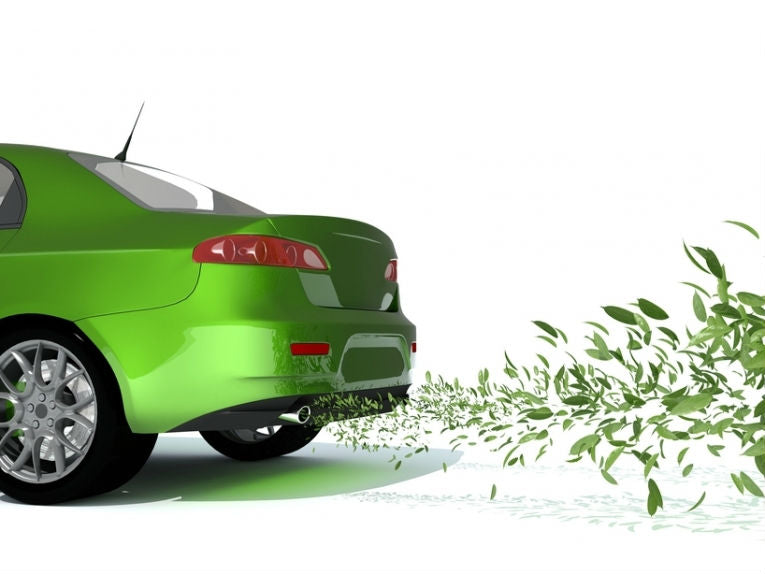The latest energy source for you can be your own hydrogen or the electricity you can conveniently make from it as you sleep. When renewable energy sources store their electricity, it then needs to be distributed conventionally.
Infrastructure in the form of an electricity grid is becoming an outmoded collection of cables. In just the same way as plants make energy from sunlight, water can be split in a much simpler way than electrolysis using a protein buffer and one precious metal electrode. This is a substance called PCEB or Protein Coupled Electron Buffer. Then we would be able to distribute electricity as at present or use the hydrogen locally.
The ultimate green car could be hydrogen powered or use electricity from the hydrogen available from this source. Your home and your transport would therefore be as green as you choose.
"Nature Chemistry," publish the idea from Professor Lee Cronin and Mark Symes of Glasgow University in a paper called, "Decoupling Hydrogen and Oxygen Evolution During Electrolytic Water Splitting Using a Proton-Coupled Electron Buffer." The hydrogen is produced on a giant scale, cheaply and safely with phosphor-molybdic acid as the source of the protein EcpD.
The two scientists have worked out the effect of their invention. A future hydrogen economy could use the gas as an energy carrier As this method doesn't produce oxygen which needs to be kept separate from hydrogen, safety from explosion of the two gases is much less of a problem with electricity in the national grids carried by ageing cables, it would be useful to replace them by passing the hydrogen along gas pipes used currently for natural methane gas.
The hydrogen could easily be converted into the electricity required by a home unit or local units for factories and other uses. Carbon footprints would disappear with this scenario and guess what the waste product is? ... water.










